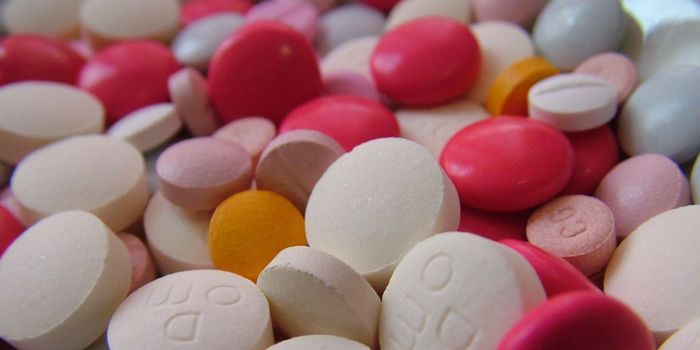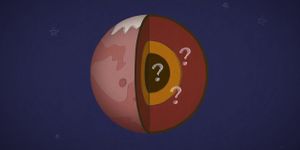'Fish Hooks' Speed Up Drug Discovery
DNA-encoded chemical library (DECL), containing about 35 million different drugs, is a new screening method developed to speed up drug discovery.

The collection of drug candidates consist of basic ring-shaped structures based on the work of Manfred Mutter from the University of Lausanne where three different molecules were attached to one side of each ring structure. “Together, they form a kind of highly-specific fish hook that can bind onto a protein if its form perfectly matches the protein’s structure,” says lead researcher Jörg Scheuermann of ETH Zurich. Now, DECL researchers use the library for all kinds of “fish hooks” creating various combinations.
Investigators encoded the blueprint of these molecules in short DNA sequences where the genetic material was bound to the reverse of the basic structure producing an artificial piece of DNA that serves as a “barcode”. Investigators can use such barcode to identify each fish hook individually. This can allow the ability to detect a target protein caught by one of the “fish hooks”. So, researchers placed all 35 million compounds a reaction vessel containing the protein of interest. After a period of time ,they washed the chemical collection away hoping that those drugs that failed to bind to the carrier protein were discarded, and those that succeeded in binding remained in the vessel. Those drugs that were not washed away were identified using DNA barcodes. The identifications of those remaining in the sample can allow researchers to further potential testing and narrow down their options until a match is made.

The development of DECLs was in works for years. The basics of DECLs which are the essential foundations of DNA-encoding were first described in the early 1990s by Scripps researchers Richard Lerenr and Sidney Brenner but was not put into practice until a decade later when researchers at Harvard University worked on the idea and later presented the first DNA-encoding chemical collection.
The progress of DECL has been crucial in the pharmaceutical industry due to its inexpensiveness and efficacy. “The design of our DECL is based on the fact that we wanted to generate a new molecule form that would be functionally equivalent to an antibody reduced to its minimum size, and therefore accessible via chemical synthesis,” explains Scheuermann. “By using molecules that possess three or more chemical hooks, we come closer to antigen-antibody interactions.”
A proposed treatment option involves linking a particular protein known as a cytotoxin to a small-molecule drug conjugate, protein binder. This approach allows the cytotoxin to recognize a foreign invader or tumor cell, bind to it, and release the toxic activity in a localized concentration, leading to tumor cellular death. This method was previously used with antibodies as antibody-drug conjugates (ADC).“However, as antibodies are relatively large, they were not able to penetrate tumor tissue well; small molecules should be able to accomplish this better,” explains Scheuermann.
Sources: Nature Chemistry








